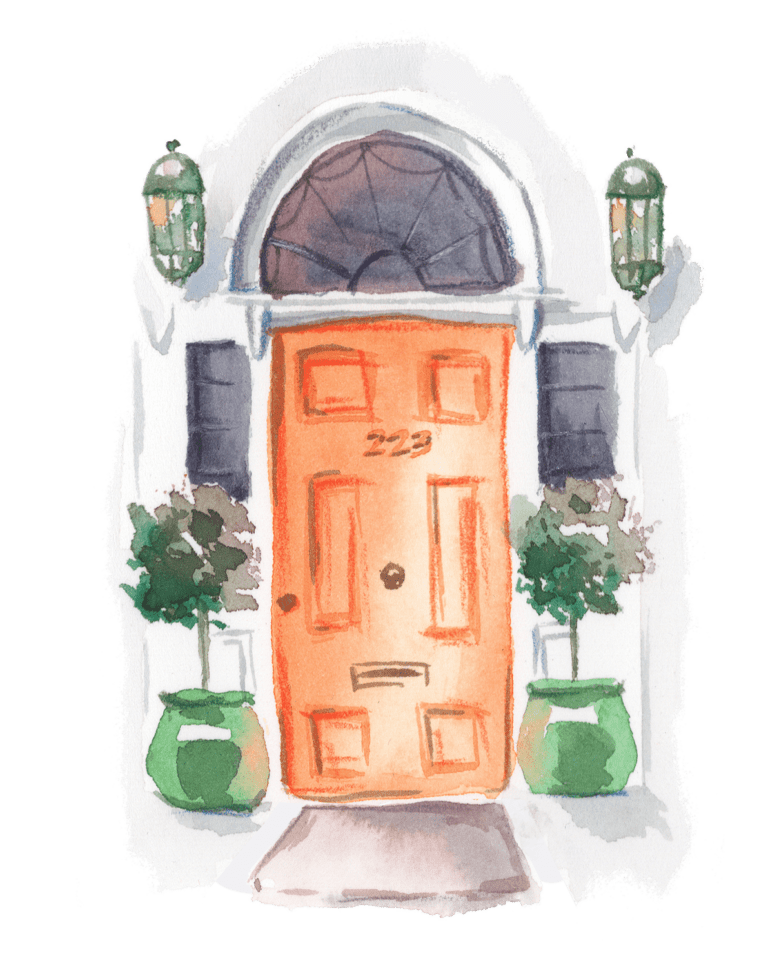Gardening in Connecticut and New York can be challenging at best. The weather, the short season, the deer – but the splendor of a garden in bloom are oh-so worth the struggle! Here is our first in a series of garden tips from Landscape Designer Brid Craddock to help you along the way.
1. Why is everyone talking about native plants?
Our native bee and other beneficial insects such as butterflies, and the birds do not benefit from non-native plants at all or as much as they do native plants. For example, native bees cannot always collect pollen and nectar from non-native flowers. Birds need food sources that can only be provided by native plants. Monarch butterflies need milkweeds to eat so they can survive to reproduce. With the number of bees and birds in stark decline planting native plants can help reverse this trend. Birds by eating the seeds of native plants are redistributing native plants well beyond your backyard.
2. What plants are deer-proof – that they will NEVER eat?
Grasses, ferns, and plants in the mint family. Trees and shrubs that grow too tall for the deer to reach. We suggest planting large trees and protecting them from the deer with wire mesh until the tree grows its branches out of reach of the deer.
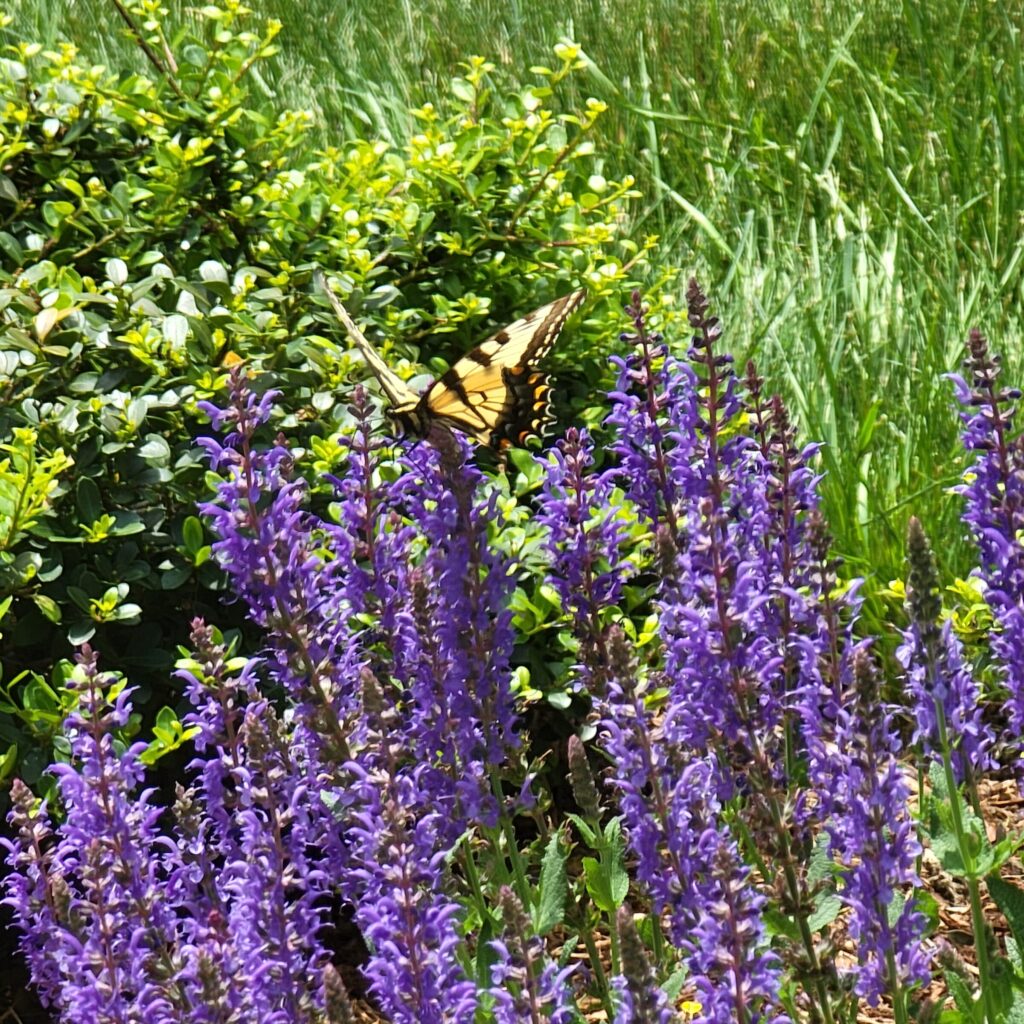
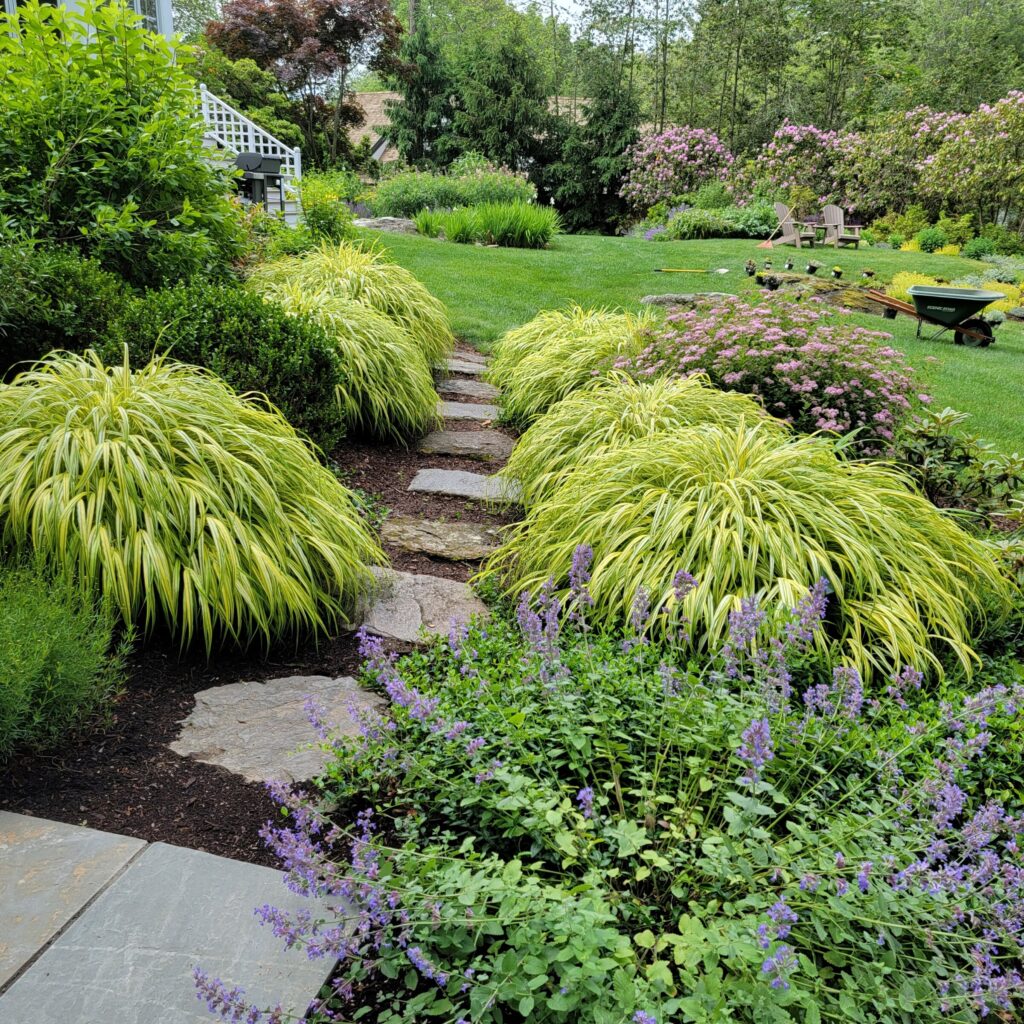
3. I want color in my garden. What can I plant that the deer won’t eat?
These flowering shrubs and perennials have colorful flowers, and the deer don’t eat them. Some are native to Connecticut and support pollinators. If you prefer to plant only native plants, you will require professional advice as there are many plants in the same family, some are native plants and others are non-native.
In the chart below, N = Native and P=Pollinator
| SPRING | SUMMER | FALL |
|---|---|---|
| Amsonia (N +P) Baptisia (N + P) Bleeding Heart Daffodils Dianthus Epimedium Fritillaria Hellebore Lamium Lilac Phlox subulata Tiarella (N + P) | Allium ‘Millenium’ Bee balm Astilbe Caryopteris Coreopsis (threadleaf varieties) Daisy Shasta Foxglove Gaura (N + P) Hysopp Iris Blue Flag (N) Lavender Ligularia Milkweed (N + P) Monkshood Mountain Mint (N + P) Nepeta Penstemon (N +P) Peony Rogersia a. Russian Sage Salvia Thyme Yarrow | Golden Rod (N + P) Sedum ‘Dragon’s Blood’ |
4. My boxwoods look terrible, what’s wrong?
If they are all yellow, like a ripe banana then they may have died from the boxwood blight. This is not common. If they have some yellow leaves, which have cupped or curled they may have an infestation of a leaf miner insect. Tear open a leaf in the spring, if you see a small yellow worm inside the leaf that is a leaf miner.
An organic method for removal is to prune with a hedge shear remove the outer tips of the boxwood. Collect the cuttings, put them in a plastic trash bag and dispose of in the trash. This reduces the number of insects. Follow that with fertilizing the boxwoods with Miracid and/or Hollytone fertilizers. Follow the directions on the packaging. If you are replacing boxwoods, consider the native Ink Berry shrub. Newer varieties such as ‘Strongbox’ and ‘Compacta’ are excellent substitutes.
5. We have so many maple tree seedings in our lawns and plant beds this spring. What should we do about them?
In the lawn you don’t need to do anything. They will be mown down the first time the lawn is mowed, and they will not return. In planting beds, it is a normal part of a spring clean up to disturb those seedlings and mulch over them. They will not re-grow once they are smothered with mulch. In the woods, or at the edge of the woods and your lawn please leave them, as at best only one or two will grow to mature trees.
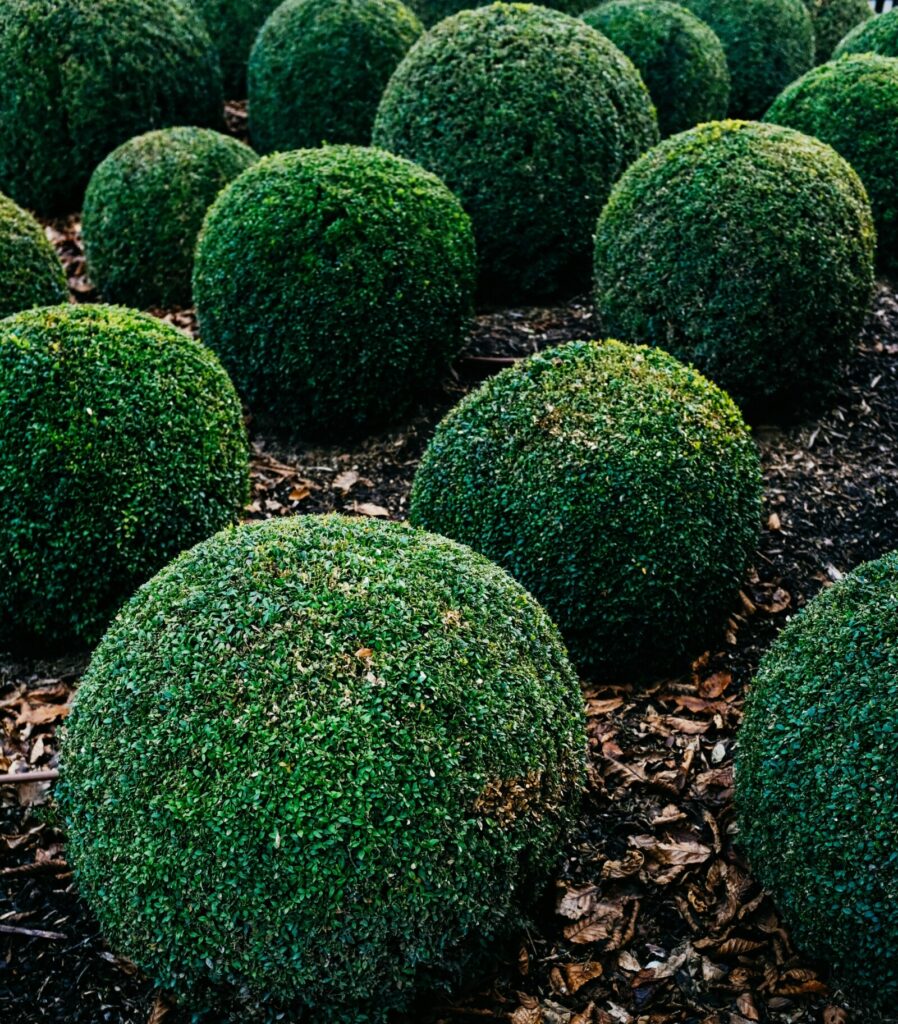
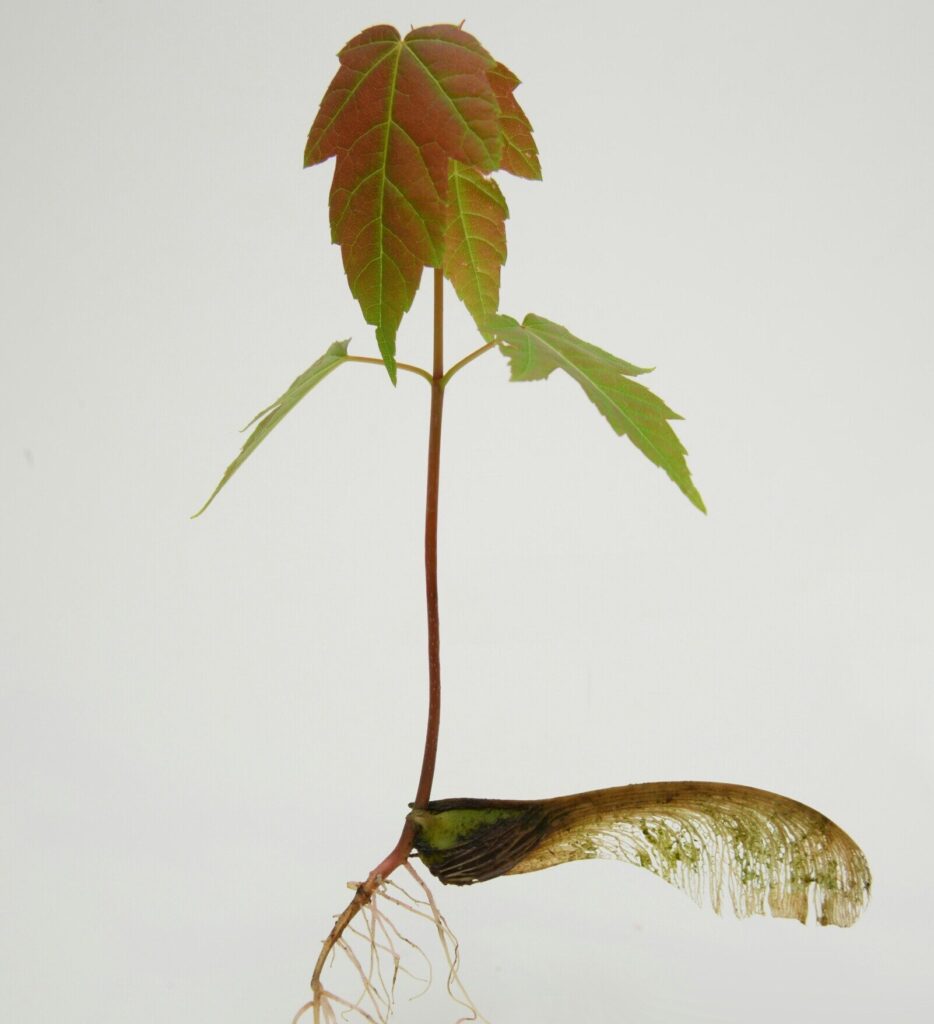
Many thanks to Brid Craddock for sharing these tips. Stay tuned for this ongoing series to answer your most frustrating garden quandaries.

About Brid Craddock
Brid Craddock is Lead Landscape Designer at Growing Solutions LLC, based in Ridgefield CT and designing gardens throughout Fairfield County. In addition to being a Landscape Designer, Brid is a Connecticut Master Gardener and Accredited Organic Land Care Professional.
ph: (203) 947-9937
growso.com
